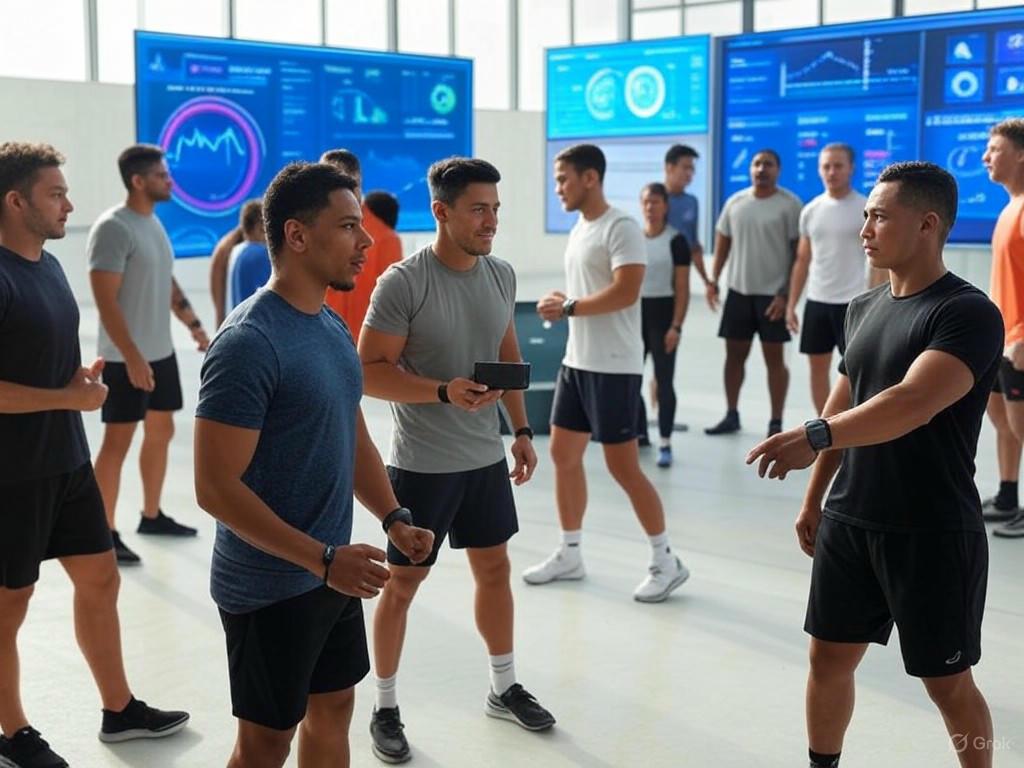Wearable technology is transforming sports performance analysis and training strategies in unprecedented ways. Devices like motion sensors, and GPS trackers are leading the charge by providing detailed analytics that were previously impossible to collect in real-time during both training and competition. This shift from conventional training and evaluation methodologies to leveraging wearables offers sophisticated insights into athletes' biomechanical and physiological performance.
One transformative innovation in the wearables realm is sensors that capture a wide array of data. From heart rate and joint movements to tracking precise movement patterns, these sensors gather data that coaches and trainers analyze for performance improvements and injury prevention. Devices like the Xsens motion capture systems provide real-time kinematic feedback, enhancing training efficiencies and reducing injuries [1].
Another game-changing development is the integration of wearable technology with AI and IoT systems, which collectively enhance data processing and application utility. AI-driven predictive analytics allow coaches to strategize player movements with precise forecasts of fatigue levels and potential injury risks. For instance, real-time monitoring systems offer predictive insights into player fatigue, directly correlating with athletic performance metrics to optimize game-day readiness [2].
The application of wearables extends into rehabilitation, offering a personalized approach to recovery from sports injuries. Through detailed biofeedback loops, athletes can track their rehabilitation progress with pinpoint accuracy. This data-driven method not only speeds up recovery but also aids in ensuring sustainable long-term health by mitigating reinjury risks effectively [3].
In conclusion, wearable technology in sports goes beyond simple data collection; it provides a systematic approach to performance enhancement and injury prevention. As technology continues to evolve, wearable devices will become indispensable tools in the sports industry, revolutionizing how athletes train, recover, and succeed.
References:
1. Wearable Tech Transforms Sports Biomechanics







